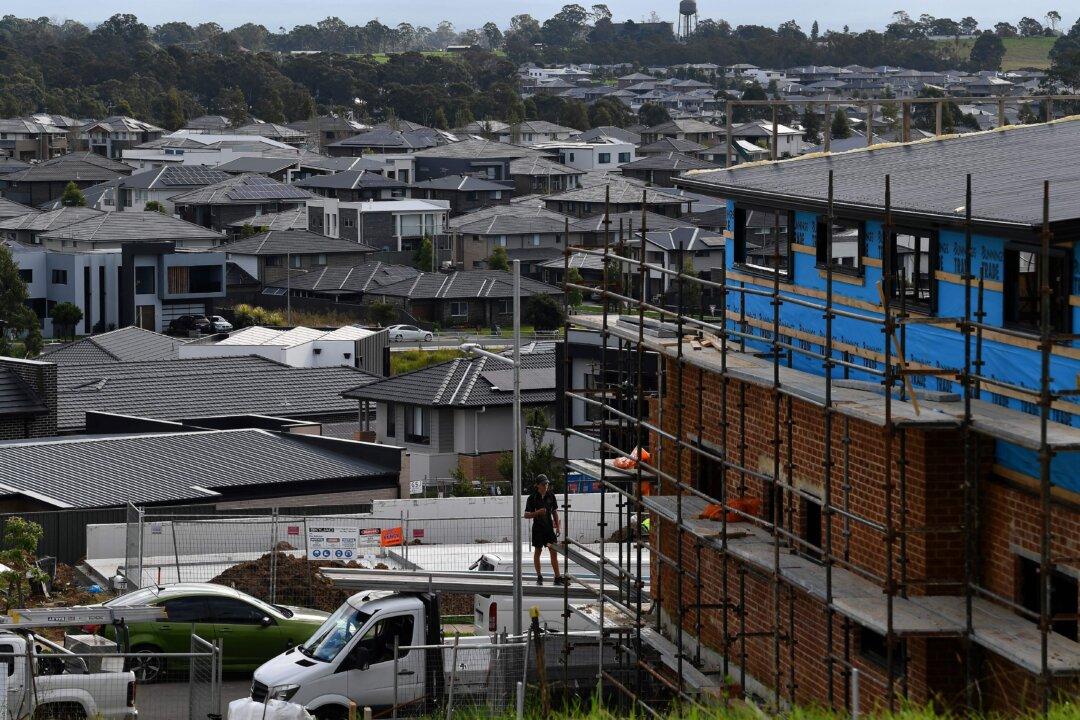In a move to spur competition between councils, the New South Wales (NSW) state government will publish data on the number of housing approvals processed in each area, and rank them in a league table.
A consistently underperforming council will be subject to a Performance Improvement Order to speed up approvals.





